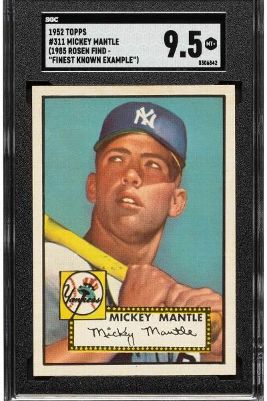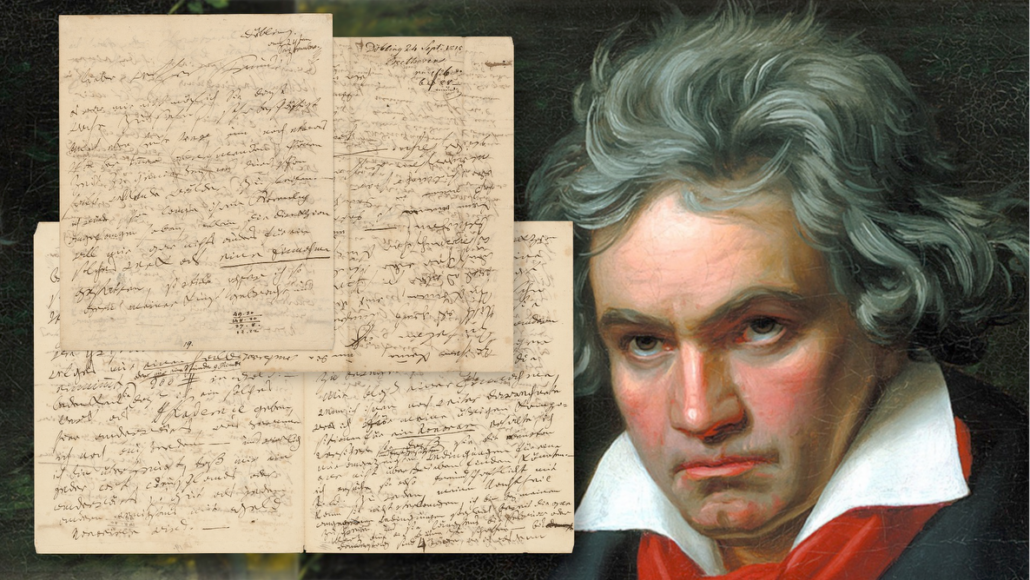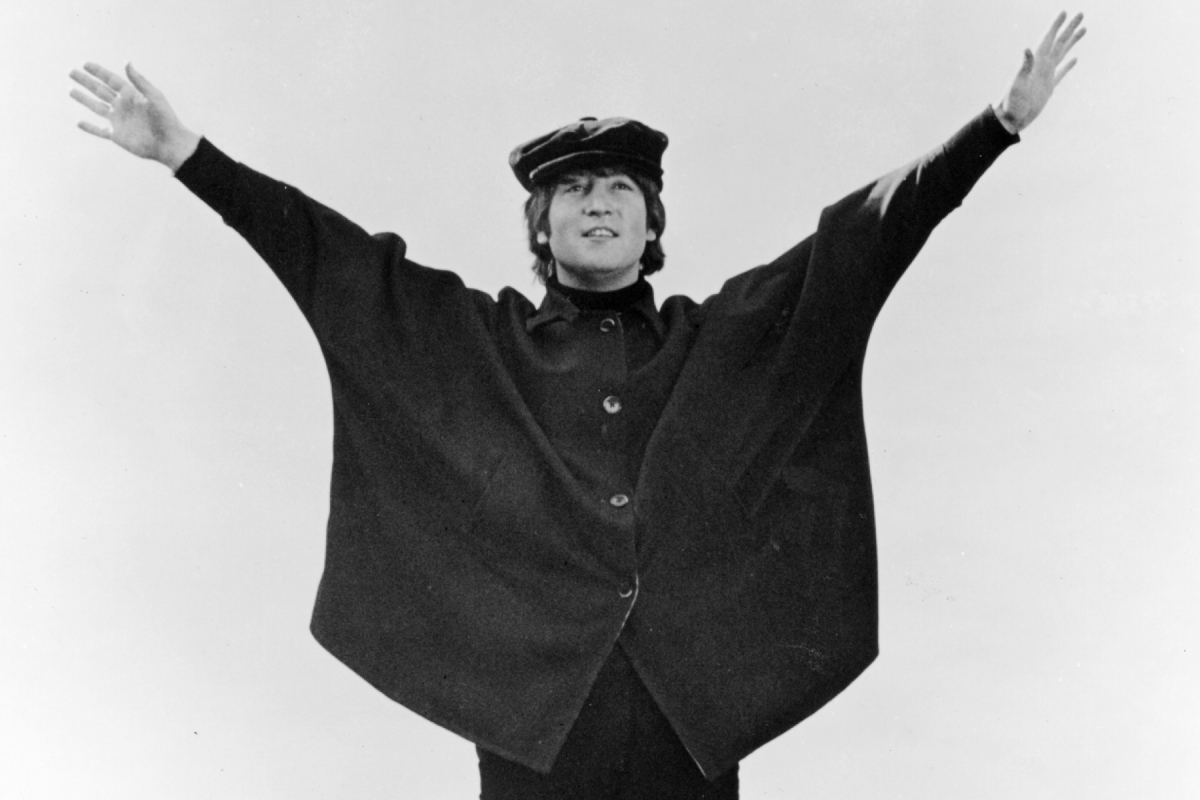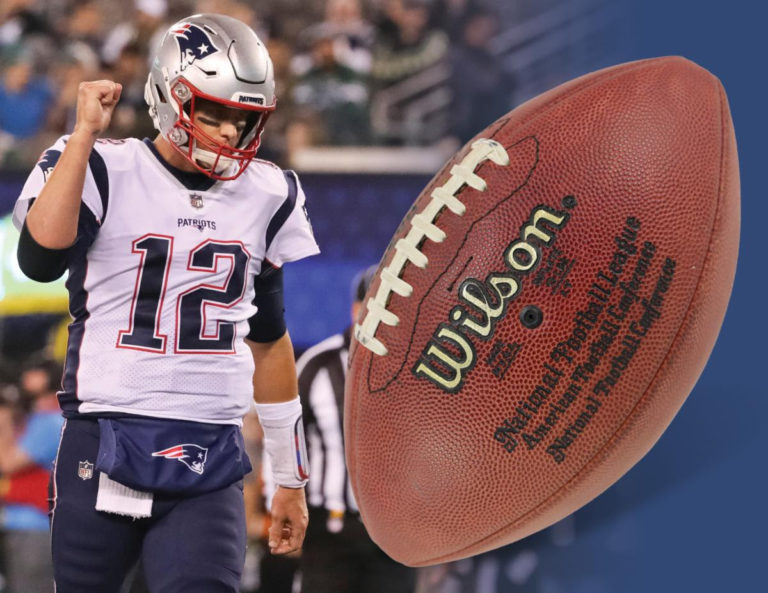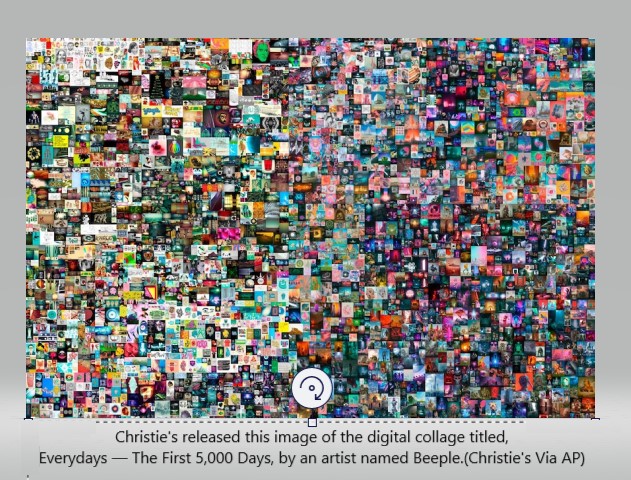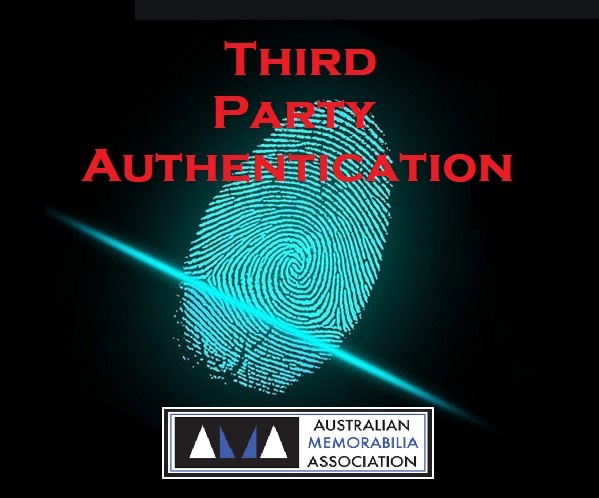A shirt belonging to American baseball legend Babe Ruth has shattered the record for the most expensive piece of sports memorabilia ever auctioned, fetching USD$24.1m after a weeks-long auction.
The online auction for his New York Yankee shirt began in July and culminated after a bidding war that lasted more than six hours on Sunday, according to Heritage Auctions in Irving, Texas. The buyer wishes to remain anonymous, Heritage said.
Within the first few days of going up on auction, the prized item broke the record by attracting a bid of USD$13.3m, with experts estimating the bidding price to cross the $30m mark.
The previous record for the most expensive sports object sold at auction was USD$12.6m, paid in August 2022 for a baseball card for Mickey Mantle.
Until 2022, no piece of sports memorabilia had ever broken the symbolic USD$10m mark, but that year saw both the Mantle card and a shirt worn by basketball great Michael Jordan blow past the threshold.
Chris Ivy, Heritage’s director of sports, called the jersey “the most significant piece of American sports memorabilia ever offered at auction”. He said in a news release that it was clear from the bidding that “astute collectors have no doubt as to what this Ruth jersey is and what it represents”.
The Bambino – one of Ruth’s monikers – wore the record-breaking shirt during a historic game against the Chicago Cubs in the 1932 World Series.
The story of the famous “called shot” goes that Ruth pointed in the direction of where he wanted the ball to go and proceeded to hit a home run in the exact direction.
Ruth was being heckled by the opposition, and he reportedly responded by pointing deep into the centre-field stands, before pounding the next pitch exactly in that direction for a home run.
“It is the most dramatic moment in World Series history, and it may be the most dramatic moment ever in all of baseball,” said Michael Gibbons, director emeritus and historian at the Babe Ruth Birthplace and Museum in Baltimore.
The Yankees went on to win the game and the World Series in a four-game sweep. It would be the final championship win of Ruth’s career.
Heritage said Ruth gave the road shirt to one of his golfing buddies in Florida around 1940 and it remained in that family for decades. Then, in the early 1990s, that man’s daughter sold it to a collector. It was then sold at auction in 2005 for $940,000 and remained in a private collection until being consigned to Heritage this year.






